Keeping your static caravan’s chassis in top condition
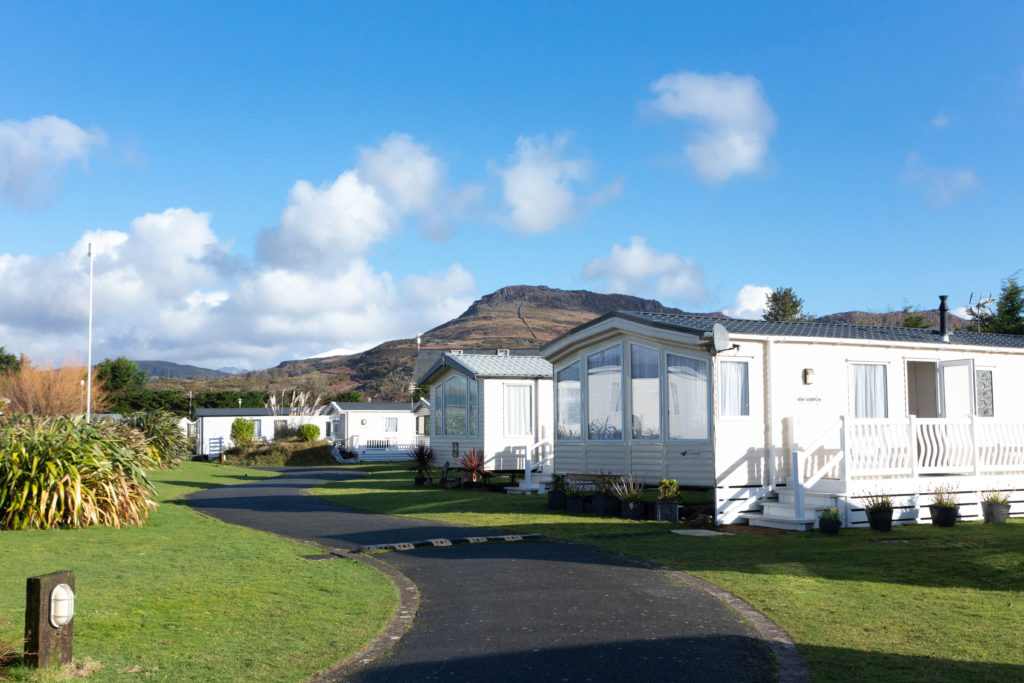
The chassis is the most fundamental part of a static caravan holiday home or lodge. It supports the entire structure. Little surprise, then, that it will need to be checked and maintained in good condition.
So, what does that entail? And how often? The answers to both of those questions depend on the age of your holiday caravan or lodge. It stands to reason that the newer the holiday caravan or lodge, the less maintenance will be needed. So, maintenance in the early years won’t be much more than cleaning; annually would be ideal. But there’s much more to know. And that’s about how the chassis was made in the first place.
How a static caravan chassis is made
Steel sections are welded together in a lattice pattern, with the number of spars depending on the size and weight of the holiday home.
Types of caravan chassis
There are three types of chassis finish: painted, part-galvanised or fully galvanised.
Painted chassis are more susceptible to corrosion than chassis that are galvanised, so they will need to be treated more often. That involves removing any corrosion with a wire brush, thoroughly cleaning and then repainting. Specific chassis paint is available.
Among suppliers is chassis manufacturer Bankside Patterson, which can supply primer containing zinc, and black paint in one-litre containers and also black paint in aerosol containers.
It’s not a skilled job, nor is it complicated. But it’s an extremely messy and uncomfortable task as it involves crawling under the chassis. If you don’t fancy that idea, you can find someone to do it for you; your first line of enquiry would be your park owner who might recommend a maintenance company.
Part-galvanised chassis are made from pre-coated galvanised steel. That means that the chassis components are galvanised before they are cut and welded when the chassis is constructed. The crucial fact is that when the steel is cut, any edges that might be exposed might later be subject to corrosion over time.
Fully galvanised are therefore the best kind of chassis. That is to say, it has been galvanised after construction, so all corners, crevices and joints are completely covered in the protective molten zinc into which it is submerged. Fully galvanised chassis need virtually no maintenance.
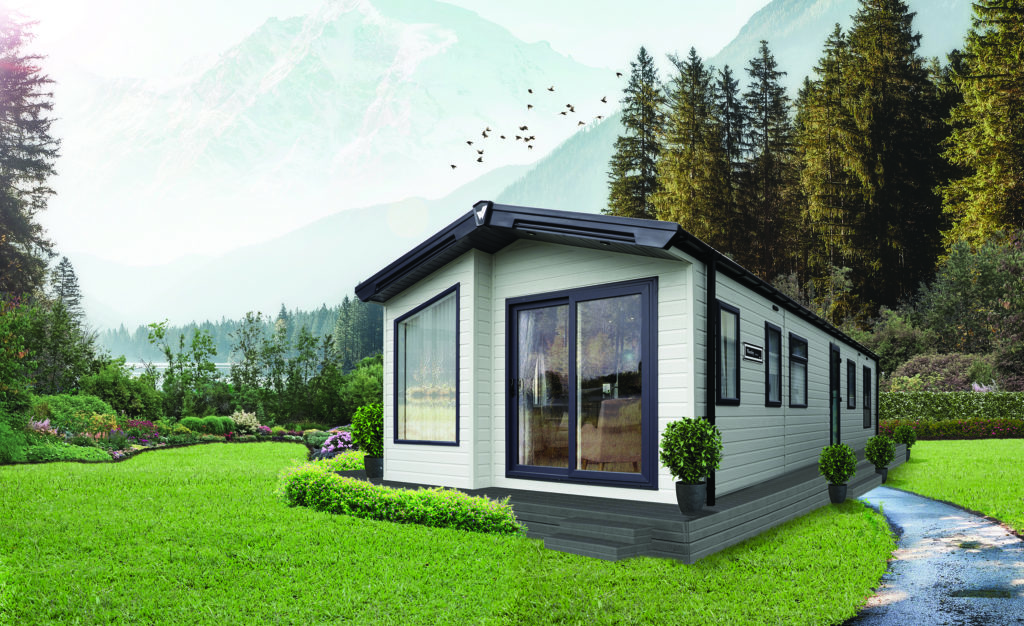
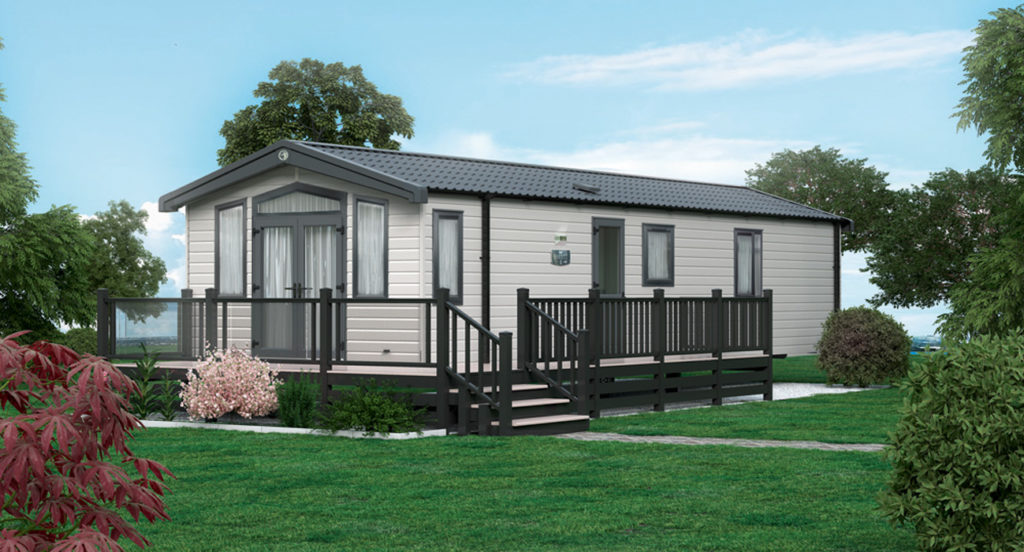
As you would expect, the amount of warranty that you get depends on the type of chassis treatment. Willerby, for example, give a two-year anti-corrosion warranty on painted chassis and 12 years on a fully galvanised chassis.
All of Swift’s holiday homes have fully galvanised chassis, with a 10-year anti-corrosion warranty.
Galvanisation
What is a galvanisation process? Who better to explain than the Galvanizers Association: “When clean steel is immersed into molten zinc, a series of zinc-iron alloy layers are formed by a metallurgical reaction between the iron and zinc, providing a robust coating which is an integral part of the steel.”
Fusion chassis
Caravan chassis have evolved down the years, as you’d expect – and the most advanced is the fully galvanised fusion chassis, developed by major chassis manufacturer Bankside Patterson, which is based at Brandesburton, East Yorkshire. Bankside Patterson explains: “The Fusion chassis works by supporting the load of the unit on a sectional, formed main steel beam with lateral steel supports that are structurally riveted into position.”
These chassis carry a 12-year warranty.
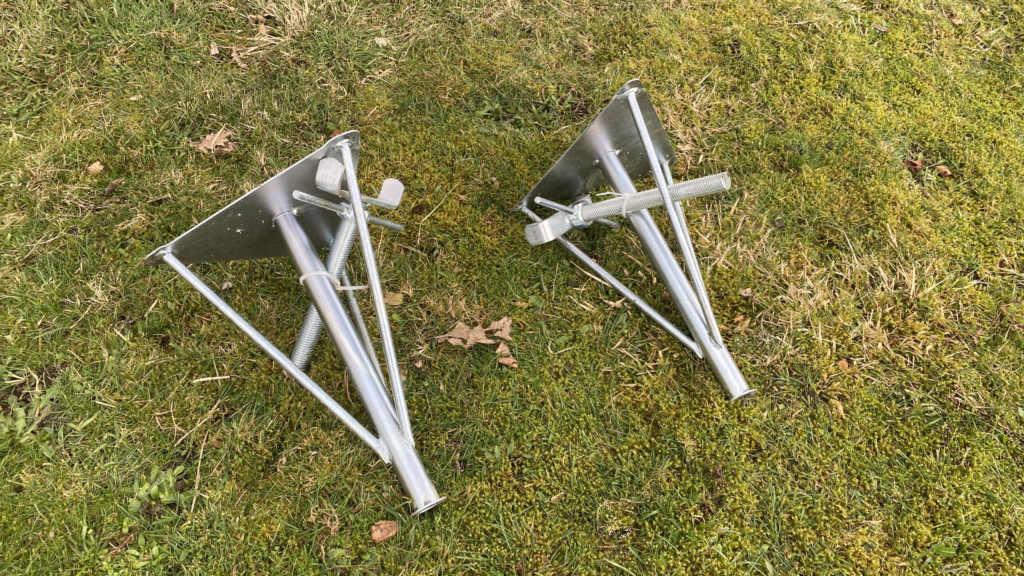
Axle stands
Sometimes called chassis stands or jacks, axle stands are commonly fully galvanised; these are inserted as the holiday home is sited and will, along with the chassis, need to be kept clean and well maintained. If at any time they need to be replaced, you can buy them; among stockists is Bankside Patterson.
Changes in colour
After only a short time, a galvanised chassis can exhibit dulling and changes in colour, that’s normal; an outer layer of oxide is forming and is no harm.
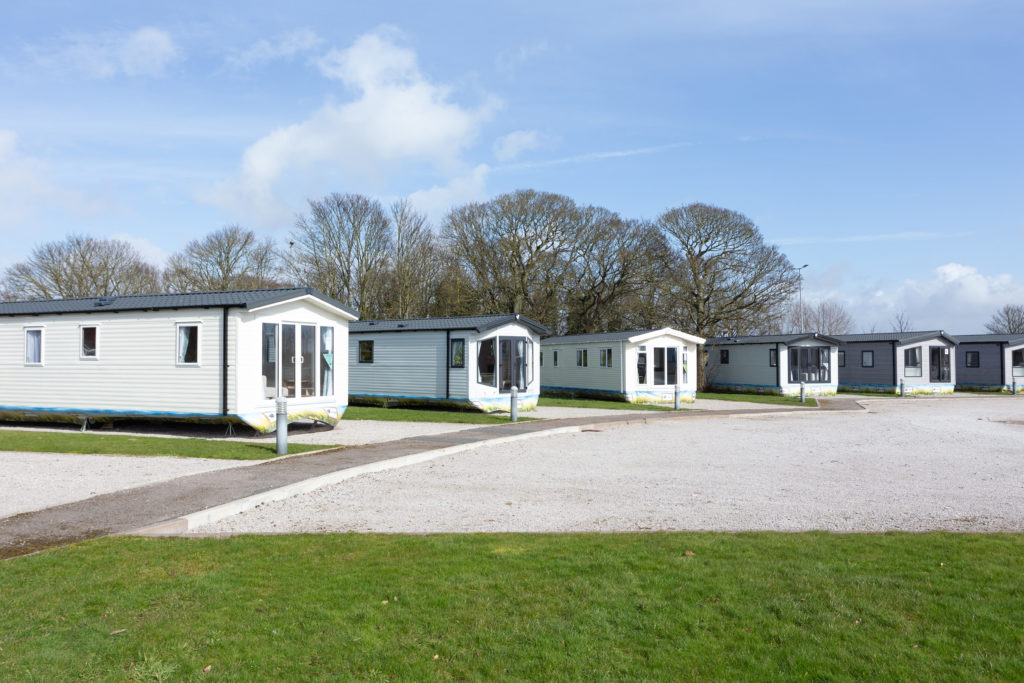
Protecting your investment
A holiday home is a big investment and can cost anything from £50,000 to £250,000 and, in some locations, much more than this. Add in the annual pitch fee – anything from £2,000 to more than £6,000 depending on the location and type of park – and you have big figures to consider. So, it’s worth spending time and money on making sure that the unseen part of your leisure abode is kept in tip-top condition so that the home will last its expected lifetime. That used to be regarded as 15-20 years for a holiday home. Now it’s considerably more; Willerby, for example, gives the expected life of a holiday home as around 30 years. For lodges, the expected lifespan is around 50 years.
It’s worth knowing that the importance of maintaining your holiday home’s chassis comes under the watchful eye of static caravan insurance companies in that chassis deterioration comes under the phrase ‘wear and tear’ which is not covered. So, it’s wise to keep on top of chassis maintenance.
Influence of salty air
The chassis of holiday caravans sited in coastal areas have a greater susceptibility to corrosion than those sited in inland regions; that’s because of the inevitable impact of salt in in the air.
This is a factor to consider when you buy your holiday caravan, especially if you’re buying a pre-owned one. Standard advice is that a holiday caravan destined for a coastal location should have a fully galvanised chassis, to give it maximum protection from salt in the air.
Buying a pre-owned holiday caravan
While the majority of new holiday caravans have part galvanised or fully galvanised chassis, that was not always the case and it’s something to consider if you are buying a pre-owned holiday caravan. The chassis may be painted, rather than galvanised, especially if it’s an older unit. You might have to have it treated – removal of rust and then repainting – and the older the holiday caravan, the more likely you are to have to carry out some initial maintenance.
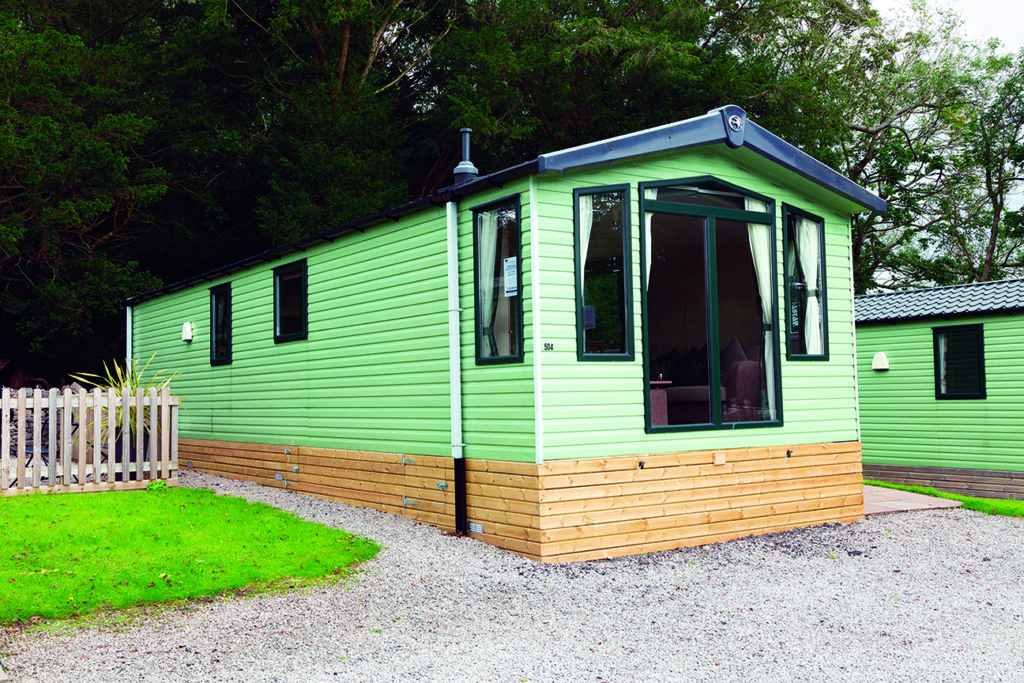
Skirting
Whether you’re buying new or pre-owned, your static caravan or lodge it could have skirting around its base. This will have to be partially removed to get at the chassis components for maintenance.
It’s likely that the park operator will have had the skirting put in place, so that’s your first port of call to finding out how to remove sections without causing damage to the skirting.
Whether it’s removing (and then replacing) skirting, or doing any form of chassis maintenance, unless you are 100% confident, call in the experts. It’s worth spending a bit of money to keep your holiday caravan in top condition.
Over to you
How do you maintain your caravan chassis and what advice would you give to new owners when it comes to choosing between a galvanised and painted chassis? Is a galvanised chassis worth the extra money?





I have a 20 yr old static caravan, bought by us 14 yrs ago. The chassis is now so badly rusted it has holes and fully corroded parts. Can the caravan be supported by reinforcing with wood? Thank you.
Hi Moira this is not our area of expertise but we do know of companies which can refurbish park home chassis. Bear in mind that the chassis supports the entire structure of your caravan. It might be worth speaking to your park operator for specialist companies or carry out an internet search.
Hi
Just checked the chassis on my caravan and it has a fusion 10 chassis, its on a coastal site is it worth painting the chassis?
Hi David, according to the Bankside Patterson website the Fusion chassis is a “100% galvanized chassis solution…It is still the number one choice for holiday home owners as it combines intelligent design and engineering expertise with a 12 year warranty and 100% peace of mind.”
I have a willerby avonmore 40 x 14 park home spec. I have just noticed a few places where the metal is bellying is this serious. My van is only 3 years old. What could cause this. I can press the outer skin in and out on one part.
Hi Ann, it’s worth contacting Willerby to let them know and they can best advise. You can also check if your unit is still under warranty
Hi I have a 15yr old mobile home. The chassis has some very rusted areas but has been greased previously so with tight access, not sure if it can be cleaned properly now. The van is in good condition & want to keep it as long as I possibly can due to lack of money to replace it. What can I do to extend the life of the chassis?